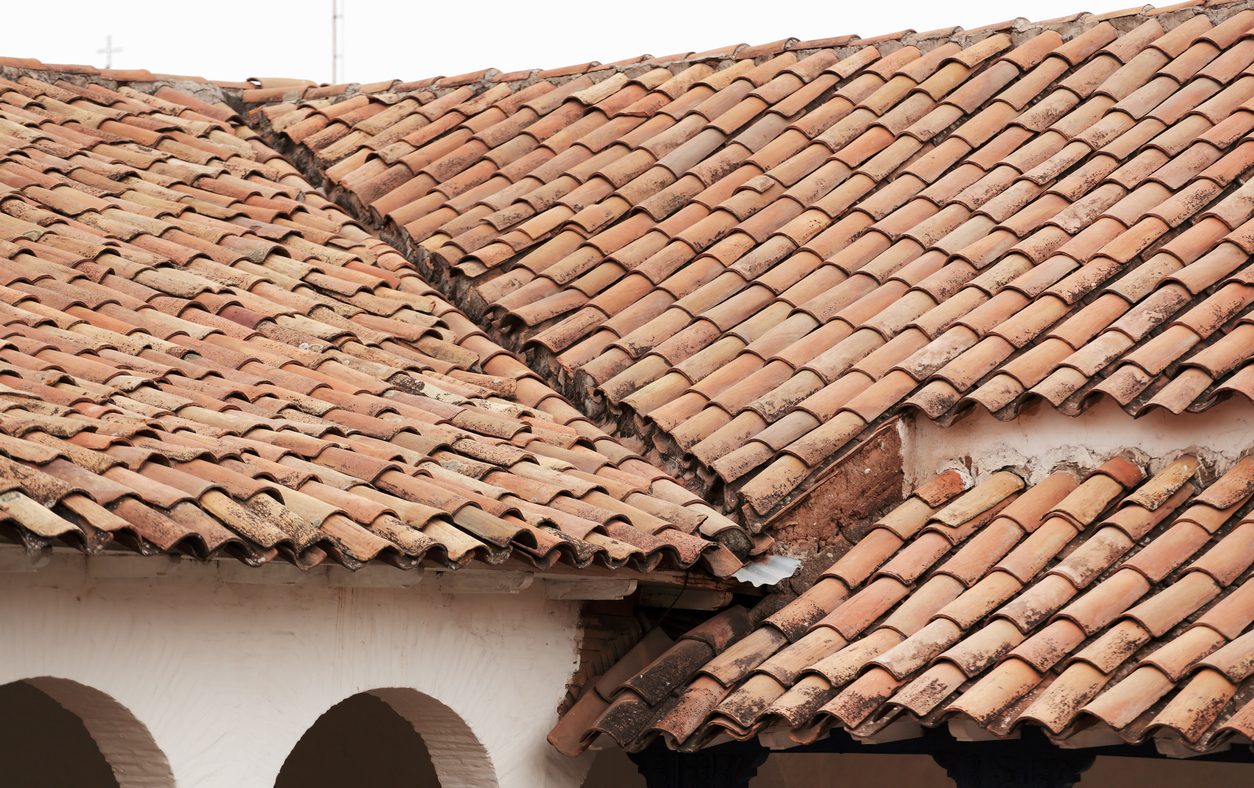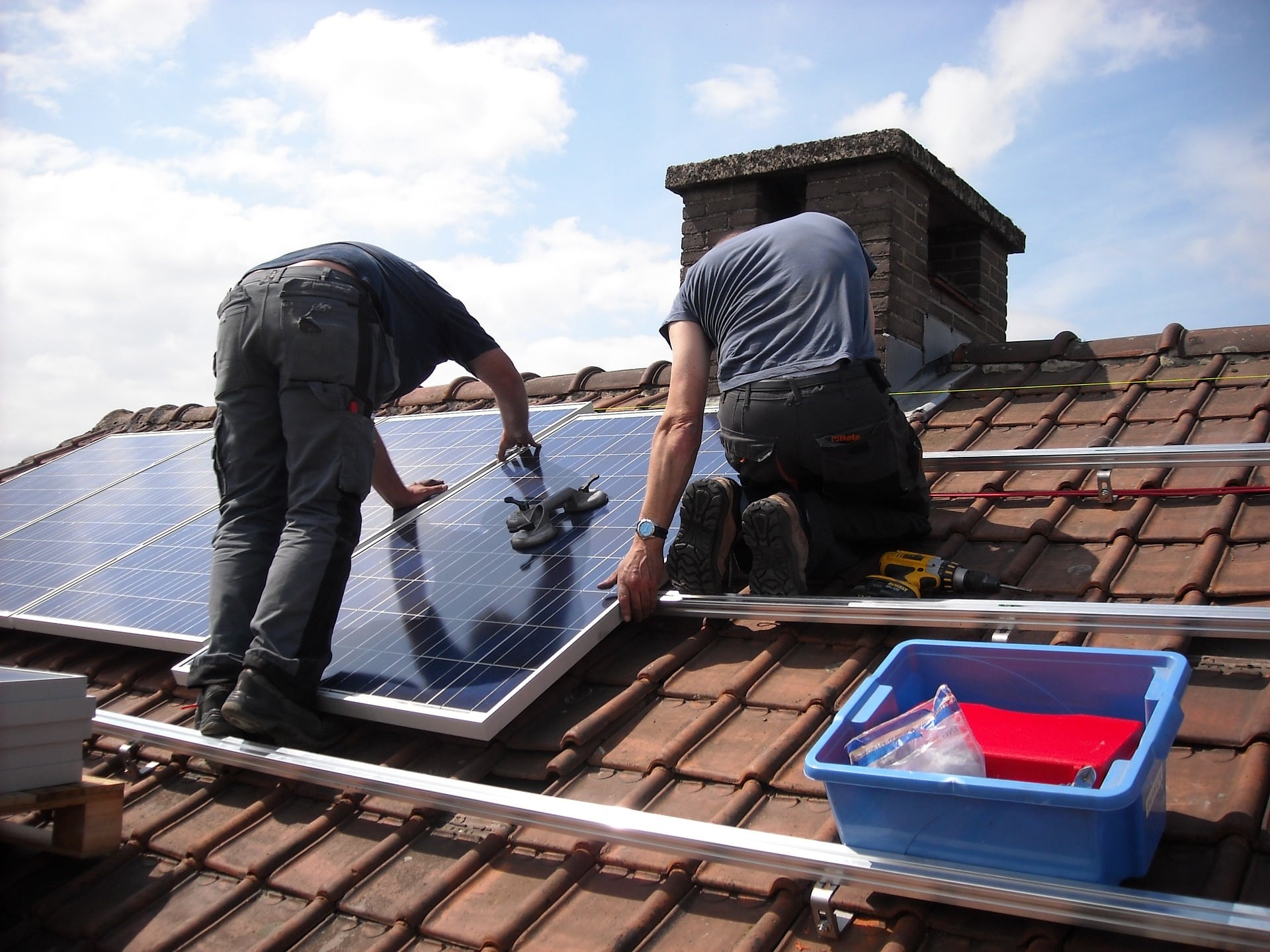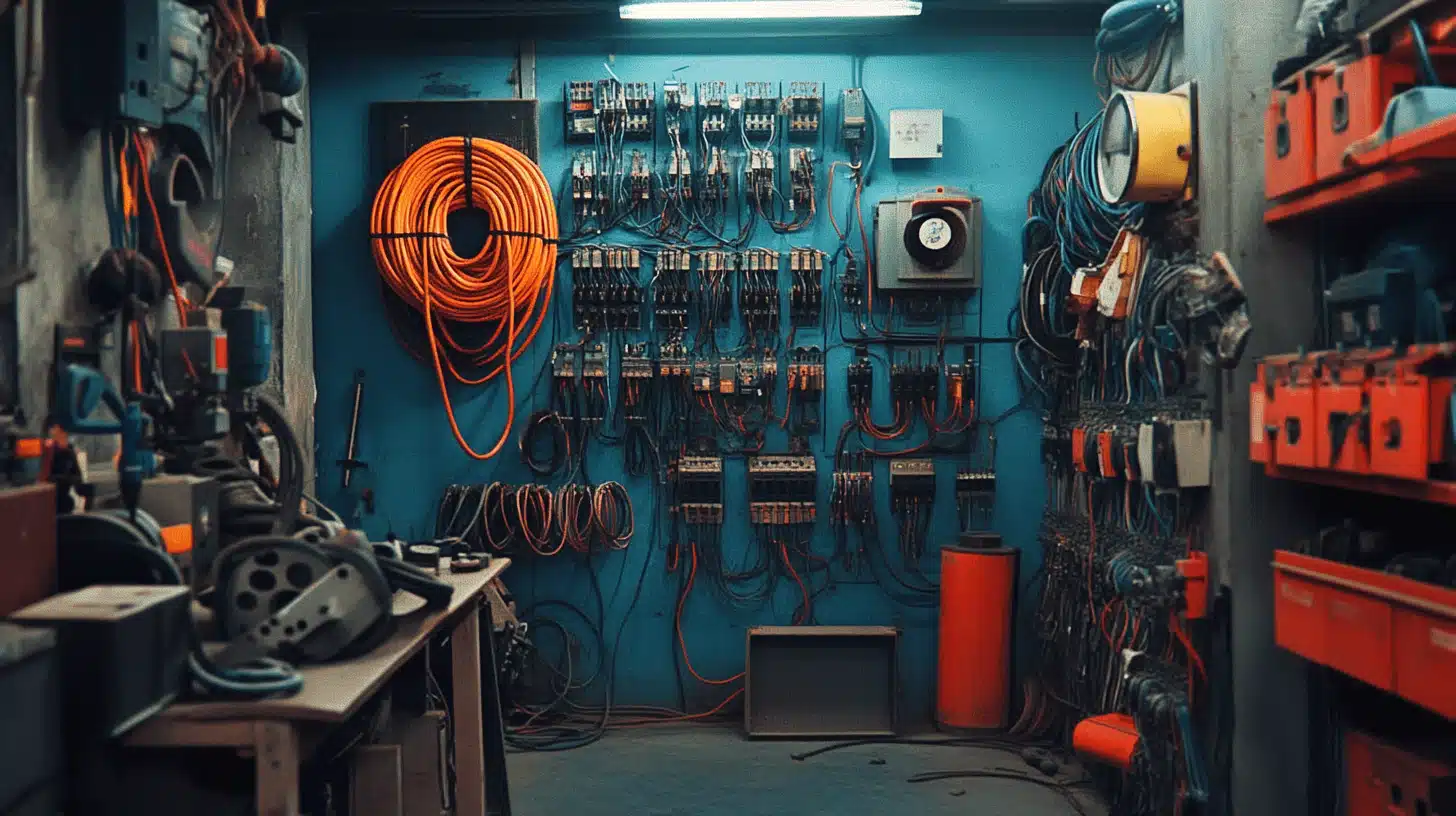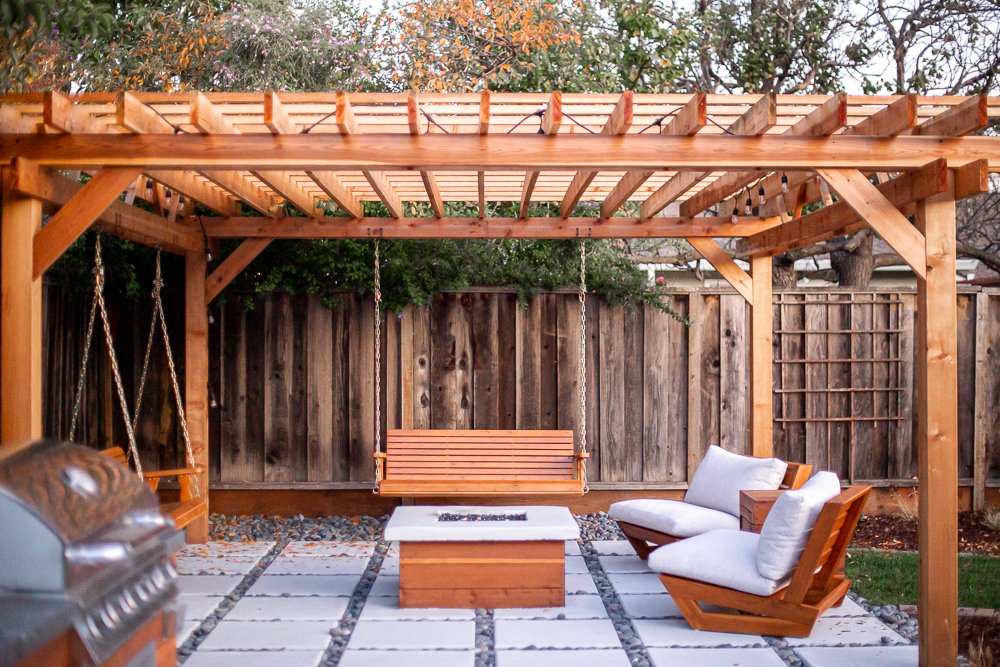Energy-Efficient Roofing Options For Homeowners
Energy costs continue to rise in the U.S. As a result, homeowners across the country are looking for ways to save on energy consumption and invest in alternative sources of energy, such as solar.
The roof of a house not only provides shelter and protection from the environment but also plays a key role in the overall energy efficiency of the structure. Certain roofing materials offer better energy efficiency. Let’s explore some of the top energy-efficient roofing options.
Concrete and Clay Roofs

While concrete and clay roofs might be expensive, they do offer excellent insulation by minimizing heat transfer between the exterior and the interior of the house. This means they will keep your home cool during summer and warm during winter. The high thermal mass of clay and concrete roofs allows for a more comfortable environment throughout the year.
Concrete and clay tiles can come in light colors or coated with reflective coatings to help reduce the absorption of heat. Concrete and clay roofs are also resistant to fire and offer outstanding durability.
Metal Roofs
Metal roofs are often considered the best energy-efficient roofing option. Their reflective nature means they are resistant to heat absorption. Their reflectivity allows the interior of the home to stay cool during hot days, reducing energy costs.
In addition, the high emissivity of metal roofs means that any heat that gets abused quickly dissipates into the atmosphere. While metal roofs offer several advantages, including excellent energy efficiency, you should be prepared to spend a bit extra upfront. There is also some potential for corrosion with metal roofs. If you are planning to install metal roofs, consider coating them with anti-corrosive paint. However, stick to reflective or light colors for maximum heat reflection.
Solar Tiles
Technological advances have allowed energy-efficient solar tiles to be used on roofs. Solar shingles or photovoltaic (PV) tiles provide the appearance of traditional asphalt shingles tiles but with the major advantage of generating electricity.
The PV cells in the solar tiles convert the solar energy to electricity. You can choose to integrate the solar tiles with the grid so any excess energy produced can be adjusted in your energy bill. This is referred to as net metering and is one of the most efficient ways to reduce your energy bills.
Another benefit of solar tiles is that you reduce your dependency on grid-supplied electricity. This can reduce the impact of energy rate hikes on your utility bills. Also, the installation of solar tiles can boost your property value.
The only downside to solar in Portland is that you do get a lot of overcast conditions. The sunlight availability is a concern, but you can contact a Beaverton roofing contractor to determine if this is a feasible option for where you live.
Energy Efficient Coating
Lastly, you have the option of coating your roof with energy-efficient materials. You won’t have to repair or replace the existing roof. The coatings are specially designed to improve the overall energy performance of your existing roof. There is a variety of such coatings available including cool roof coating and elastomeric coatings.
While their coatings may not be as effective as having a roof with energy-efficient materials, they do offer a relatively affordable option to improve the thermal performance of your home.







